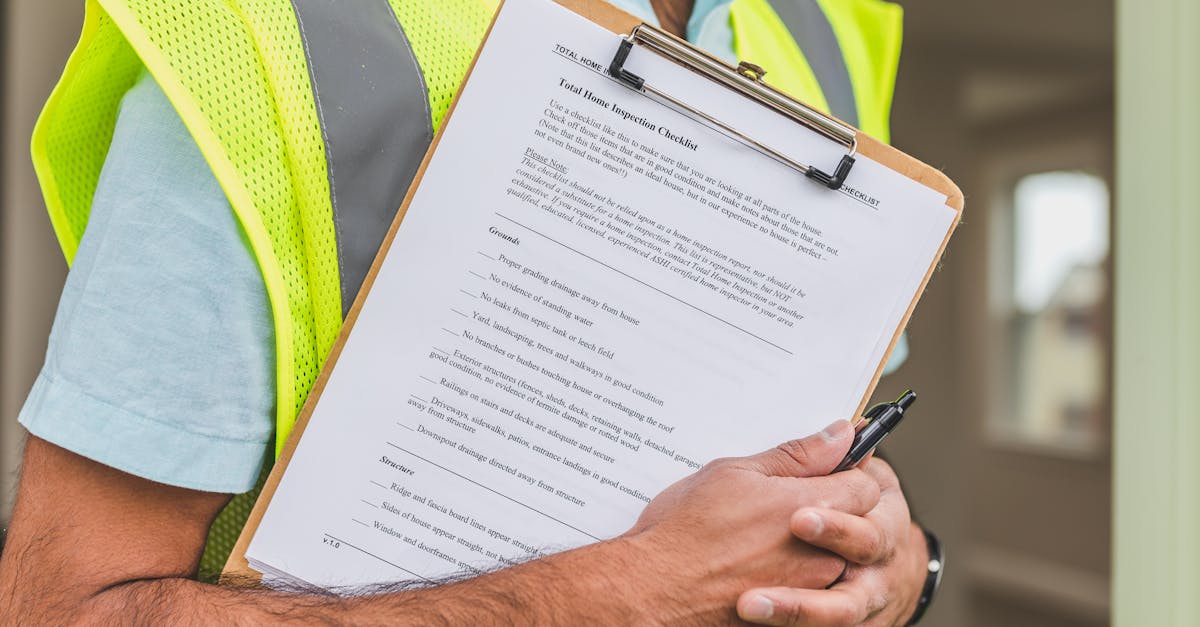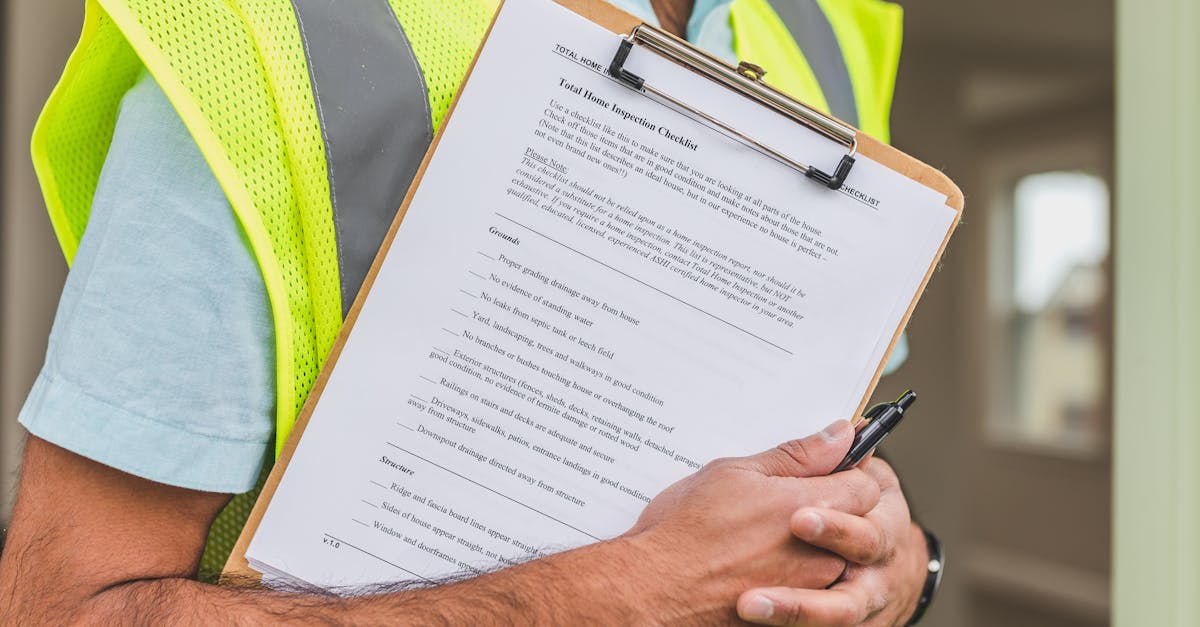In the world of books, a library is a sanctuary where stories come alive and knowledge flourishes. But just like a well-loved novel needs a little TLC, so does your library. A library maintenance checklist isn’t just a list; it’s the unsung hero that keeps the pages turning and the shelves standing tall.
Table of Contents
ToggleOverview of Library Maintenance
Maintaining a library is crucial for ensuring a welcoming and functional environment. Regular upkeep protects resources and enhances user experiences.
Importance of Regular Maintenance
Regular maintenance prevents deterioration of facilities and resources. It ensures that books, media, and spaces remain accessible and welcoming. Clean and organized areas foster a positive atmosphere, encouraging visitors to utilize library offerings. Scheduling routine checks on equipment and furniture identifies potential issues early. Keeping technology updated enhances user satisfaction and engagement. Libraries that prioritize maintenance reflect a commitment to community service and knowledge preservation.
Benefits of a Maintenance Checklist
A maintenance checklist streamlines library operations. It promotes consistency in addressing maintenance tasks, minimizing the risk of oversight. Specific tasks can include checking inventory conditions, ensuring cleanliness, and updating equipment. Staff members benefit from clear guidelines that promote efficiency. Checklists allow for tracking completed tasks over time, demonstrating the library’s commitment to best practices. Regularly reviewing maintenance needs aids in budgeting, enabling libraries to allocate funds effectively.
Essential Components of a Library Maintenance Checklist
A comprehensive library maintenance checklist guarantees that facilities run smoothly and resources stay usable. Several key components contribute to effective upkeep.
Cleaning and Organization
Regular cleaning keeps the library inviting. Dusting shelves, vacuuming floors, and sanitizing surfaces improve hygiene levels. Daily tidying of reading areas and reorganizing misplaced books creates a pleasant environment. Staff should routinely inspect all collections, identifying worn or damaged items for repair or replacement. Donations or additions to the collection also require careful curation to align with library standards. Proper signage helps individuals navigate spaces, reducing confusion and enhancing the visitor experience.
Equipment and Technology Maintenance
Maintenance of equipment and technology ensures operational efficiency. Routine checks on computers, printers, and other devices prevent malfunctions. Scheduled software updates keep systems secure and functional. Regular calibration of audiovisual equipment enhances presentation quality for programs. Testing internet connection speed and reliability maintains accessibility for users. Additionally, staff training on new technologies fosters user confidence and encourages engagement with digital resources. By prioritizing technology upkeep, libraries demonstrate a commitment to modern service delivery.
Scheduling and Frequency
Creating a schedule for library maintenance ensures consistent care and promotes a welcoming environment. Establishing a routine helps maintain order and accessibility, enhancing user experiences.
Daily Maintenance Tasks
Daily tasks include dusting shelves, vacuuming high-traffic areas, and sanitizing tables and computers to ensure hygiene. Staff should also check for misplaced items, returning them to their proper locations. Additionally, reviewing the condition of frequently used materials prevents wear and supports quick access to resources. Encouraging staff to remain vigilant for spills or messes allows for immediate remedies, fostering a clean atmosphere.
Weekly and Monthly Responsibilities
Every week, organizing shelves, inspecting collections for damaged items, and updating inventory can enhance collection usability. Scheduling equipment checks for computers, printers, and audiovisual tools ensures they function efficiently. Monthly tasks should involve a deeper review of all collections, focusing on acquisition standards for new donations. Additionally, staff should conduct thorough cleaning of less-accessed areas, maintaining the library’s overall appeal and accessibility. This structured approach maintains a high standard of service within library operations.
Implementing the Checklist
Implementing the library maintenance checklist involves structured training and consistent evaluation. This approach ensures staff and volunteers effectively contribute to maintaining the library’s integrity.
Training Staff and Volunteers
Creating a comprehensive training program is essential. Staff roles should include understanding the maintenance checklist, which encompasses daily tasks such as dusting shelves and checking equipment. Providing hands-on training sessions allows team members to engage directly with maintenance tasks. Regular updates on checklist changes keep everyone informed, fostering a proactive maintenance culture. Encouraging staff input further enhances the effectiveness of the checklist as they offer insights from their experiences. Combining formal training with ongoing workshops can solidify knowledge, ensuring everyone feels confident in their responsibilities.
Monitoring and Adjusting the Checklist
Monitoring the checklist’s effectiveness is crucial for continuous improvement. Regular reviews should assess compliance with the established tasks to ensure they align with library goals. Gathering feedback from staff reveals areas for adjustment, guiding necessary changes. Adapting the checklist based on seasonal considerations or user feedback ensures it meets evolving library needs. Key performance indicators like user satisfaction and resource accessibility can measure the checklist’s impact. Routine evaluations enable a flexible approach, ensuring the library remains a welcoming and well-maintained resource within the community.
Common Challenges and Solutions
Libraries face several challenges with maintenance, including budget constraints and time management. Understanding these issues allows for effective solutions.
Addressing Budget Constraints
Limited budgets often hinder maintenance efforts. Libraries can prioritize essential tasks to maximize resources. Implementing cost-effective strategies, such as leveraging community volunteers, enhances manpower without extra expense. Additionally, seeking donations or partnerships with local businesses helps secure funds. Establishing clear maintenance goals can also guide spending, focusing on high-impact areas first. Regularly reviewing budget allocations ensures funds are used efficiently, allowing libraries to maintain operational standards while addressing financial limitations.
Time Management Strategies
Time pressures complicate library maintenance tasks. Developing a structured schedule helps streamline responsibilities and ensures regular upkeep. Daily routines should focus on high-traffic areas, while weekly tasks can rotate among staff for efficiency. Utilizing checklists allows staff to track completed tasks and plan for upcoming ones. Staff training on effective time management, such as prioritizing urgent repairs, also optimizes workflows. Establishing a timeline for monthly deep-cleaning sessions ensures thorough attention without overwhelming staff schedules. By maximizing existing time, libraries maintain an inviting and functional environment.
Conclusion
Maintaining a library is vital for its longevity and user satisfaction. A well-implemented maintenance checklist not only preserves the physical space but also enhances the overall experience for patrons. By regularly addressing cleaning, organization, and equipment upkeep, libraries can foster an inviting atmosphere that encourages community engagement.
Adopting a structured approach to maintenance tasks streamlines operations and ensures that resources remain accessible. This commitment to upkeep reflects the library’s dedication to serving its community effectively. With consistent evaluation and adaptation of maintenance practices, libraries can navigate challenges and continue to thrive as essential hubs of knowledge and culture.




